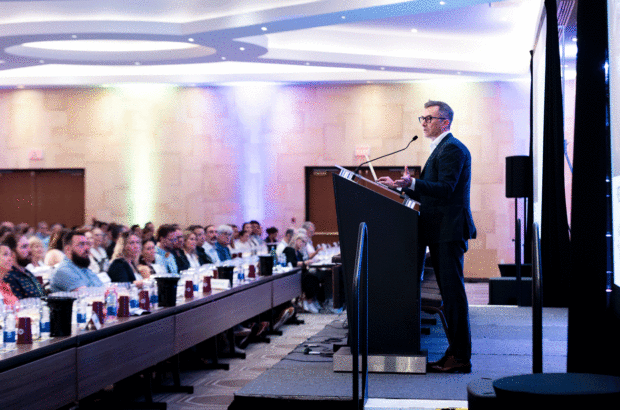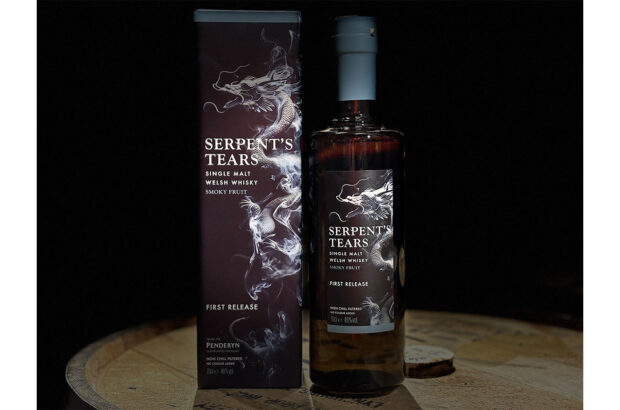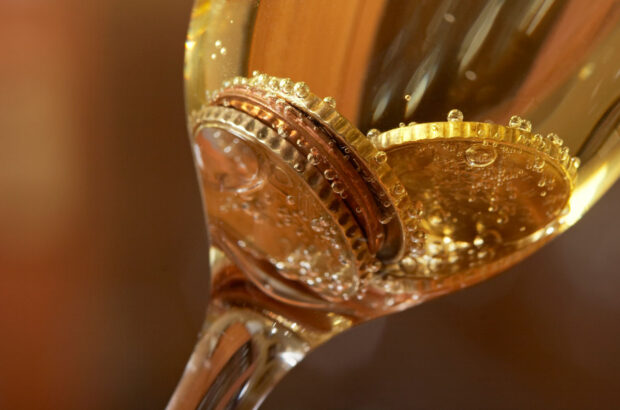This Passover the American Jewish community will pour the biggest array of modern kosher wines ever put at its disposal.
‘There is more stuff this year than ever before,’ said Jeff Saunders, owner of Skyview, a wine emporium in the wealthy Riverdale section of the Bronx, a New York City borough.
Saunders’s 400-plus kosher whites and reds have reflected the upgrading sophistication of Americans’ kosher-wine tastes.
America’s kosher-wine revolution began in the mid-1980s. Since then, dry wines – domestic and imported, still and sparkling – have been slowly displacing sweet reds typified by Manischewitz Concord.
‘Our business has grown two-and-a-half to three times in the last 10 years,’ said David Herzog, CEO and an owner of the Royal Wine Corporation, in New Jersey. The line of premium wines that Royal makes in California under its Baron Herzog label, together with the wines that it imports, gives it virtual ownership of America’s upscale kosher-wine market.
This year, retailers have been besieged with new brands and varietals. Australia, Saunders says, is ‘hot, hot, hot.’ South African kosher wines, carrying Kleine Draken and Backsberg labels, debuted.
Carmel, Israel’s giant 120-year-old winery, is struggling to regain American market share lost to the internationally famous Golan Heights Winery and to Golan’s main label, Yarden. A newly rising Israeli star, Barkan, is challenging Golan’s primacy in the premium sphere.
Among Conservative, Reform and young Orthodox Jews, Royal’s inexpensive Baron Herzog California varietals – the peers of nonkosher competitors – are becoming household words.
Herzog demonstrated last December at a mock seder (the Passover service and dinner) at Aureole, a top Manhattan restaurant, that Royal’s wines could match food prepared by Aureole’s chef. Guests agreed that a kosher Bordeaux, the 1999 Léoville-Poyferré, and the 2001 Moscato d’Asti, from Bartenura, an Italian label Herzog owns, clinched his case.
Passover begins on 27 March.
Written by Howard G Goldberg in New York14 March 2002






